How to Grow Medicinal Herbs: [Complete Guide and Types]
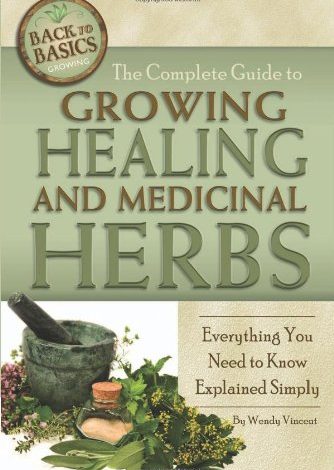
Medicinal herbs are known for their beneficial effects when consumed.
Some examples of them are: chamomile, chives, alore vera, eucalyptus, garlic, horsetail, ginger, thyme, lavender, calendula, St. John’s wort, among many others.
The most common [12 Plants or Medicinal Herbs] for your Orchard or Garden
Basil
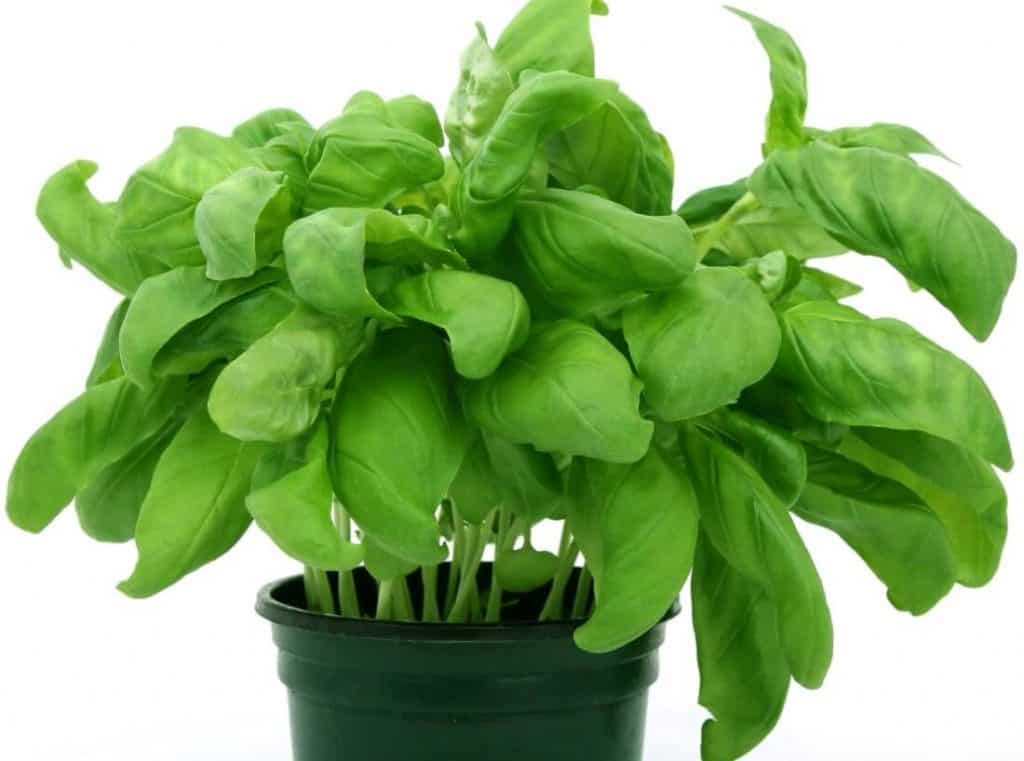 Basil: it is used to treat digestive problems such as gas, inflammation, slow digestion and vomiting.
Basil: it is used to treat digestive problems such as gas, inflammation, slow digestion and vomiting.
It is also used to treat headache pain.
Aloe vera
 Aloe Vera: Did you know thatAloe Verais an herb thathelps heal wounds?
Aloe Vera: Did you know thatAloe Verais an herb thathelps heal wounds?
In addition… it is used to control acne and to soften the itching of some insects, such as the annoying mosquito.
And for many other things, just look at the number of different products that are sold .
Dragon tooth
 Dragon’s Tooth:Antirrhinum majus or dragon antirrhinum,also known assnapdragon,is a perennial plant native to the Mediterranean.
Dragon’s Tooth:Antirrhinum majus or dragon antirrhinum,also known assnapdragon,is a perennial plant native to the Mediterranean.
It is also called dragonaria or lion’s mouth.
It is a very aromatic plant that can reach, depending on the variety, up to two meters in height.
Calendula
Calendula: it serves to increase the defenses and for them infusions are used to treat respiratory diseases.
Likewise, the leaves are often used as a natural contraceptive measure.
Fennel
Fennel – Used for digestion problems such as excess gas. Also, it serves to deflate.
The roots are often used as purgatives and as stimulants for lactation.
Dill
Dill – can be used in teas to increase milk production, lower blood pressure and sugar levels. As an ointment it is used to treat infected wounds.
Grass of San Juan
St. John’s Wort: Hypericum perforatum, this plant has the following properties (hyperforin, limonene, rutin, essential acids, minerals such as cadmium and lead, flavonoids and tannins.
It can help heal wounds and has been used on occasion to treat depression.
Ginger
 Ginger: The Greeks ate ginger wrapped in bread totreat digestive problems.
Ginger: The Greeks ate ginger wrapped in bread totreat digestive problems.
It is capable of relieving discomforts such as joint pain, dizziness, loss of appetite, indigestion and inflammation.
Lavender
 Lavender: Lavender essential oil contains linalool, camphor, and cinnamon, which have sedative effects on the central nervous system.
Lavender: Lavender essential oil contains linalool, camphor, and cinnamon, which have sedative effects on the central nervous system.
Likewise, it has hypotensive, anti-infective and bactericidal properties.
The Passion Flower or Maracuyá
 Passionflower, passion fruit plant or Passion Flower ( Passiflora caerulea),It is a climbing tropical species of American origin, but whose fame has spread impressively in the world for its spectacular fruit and the exotic flower that it has.
Passionflower, passion fruit plant or Passion Flower ( Passiflora caerulea),It is a climbing tropical species of American origin, but whose fame has spread impressively in the world for its spectacular fruit and the exotic flower that it has.
The flower can also be eaten hermaphroditic and solitary. Havegreat sedative medicinal powersand provides large carbohydrates with a high caloric level.
Horse tail
 Horsetail: Containsabundant silicon, which serves to increasecollagen and elastin, which improvejoint flexibilityby strengtheningtendons and cartilage.
Horsetail: Containsabundant silicon, which serves to increasecollagen and elastin, which improvejoint flexibilityby strengtheningtendons and cartilage.
It helps the bones absorb calcium and increases elasticity in the muscles.
Likewise, it has a powerful detoxifying effect, helping cells to be more resistant to attack by free radicals.
The garlics
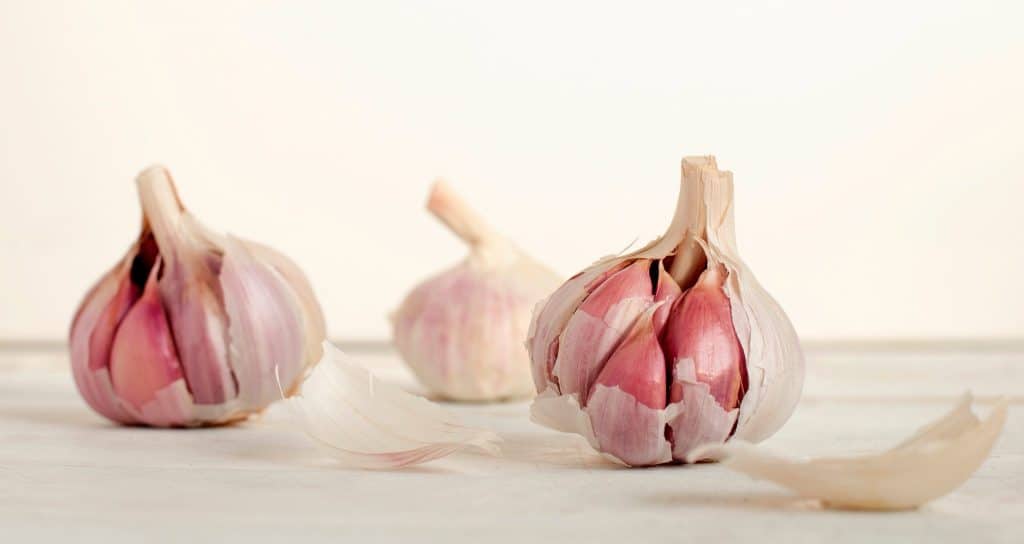 Garlic: did you know that in World War II the Russians gave their soldiers garlic for lack of penicillin?
Garlic: did you know that in World War II the Russians gave their soldiers garlic for lack of penicillin?
This root vegetable has been known since ancient times to have innumerable health benefits and strengthens the immune system.
**It is recommended not to give infusions or teas to children under six years of age as contraindications may occur that damage their health.
rue
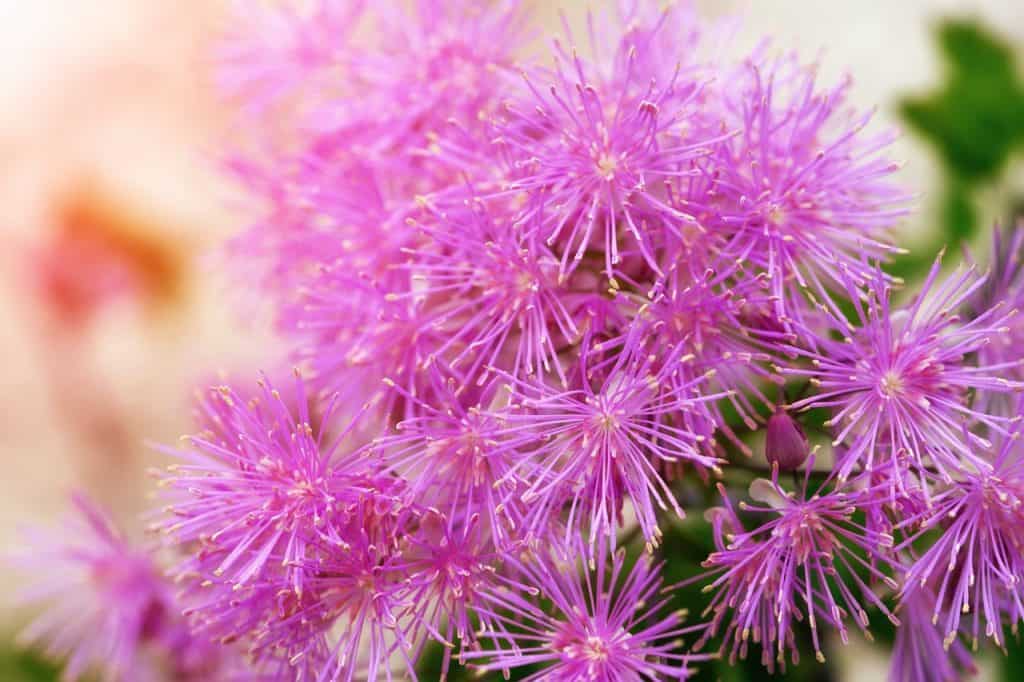 Rue is a bushy plant that measures between 50 and 100 centimeters in height.
Rue is a bushy plant that measures between 50 and 100 centimeters in height.
The essential oils that are extracted from this plant have innumerable effects on health and have been used to alleviate illnesses due to anxiety, headaches or fluid retention.
the liverwort
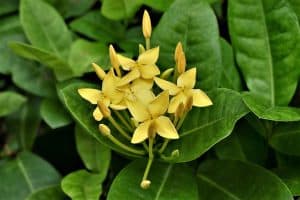 The liverwort is a grass-like plant, belonging to the rose family and with great medicinal potential.
The liverwort is a grass-like plant, belonging to the rose family and with great medicinal potential.
Its branches are thin and both the leaves and the flowers are quite small.
The latter are vivid yellow in color and grow on spikes.It is very easy to reproduce and to maintain in good conditions, since its demands are not high.
Stevia
If you are looking for a natural sweetener, the time has come to start growing stevia because you will not find a better option.
Stevia or stevia (Stevia rebaudiana) in addition to sweetening, can also be consumed fresh and even made infusions for the afternoon.
It can be considered as a medicinal and edible plant (although as always we recommend this under the supervision of a health professional).
forsythia
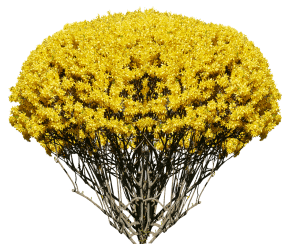 The Forsythia, Forsitia or Chinese Bell is a genus of deciduous shrubby plant, native to the Asian continent that has at least one variety from Southeast Europe.
The Forsythia, Forsitia or Chinese Bell is a genus of deciduous shrubby plant, native to the Asian continent that has at least one variety from Southeast Europe.
There are at least 11 official shrubby species that reach around 1 to 3 meters in maximum height, characterized by a remarkable early flowering, in early spring.
The flowers of this ornamental plant are very yellow and have a prominent lobed corolla, with petals that only grow at the base.
They are very popular in urban gardens and parks, especially the species Forsythia x intermedia and Forsythia suspensa.
Properties and benefits of medicinal plants
 The properties that medicinal plants have aremany and varied.
The properties that medicinal plants have aremany and varied.
In addition, any medicinal plant is ideal to plant in your orchard or garden and then have it on hand. Thus, you can beautify the landscape, and they will bring you many health benefits.
Sometimesis its flower, others the stem and others the root.
These plants are used to treat innumerable health problems and on many occasions, if not cure them, at least relieve pain.
Some of themany benefitsWhat can these plants bring us?
- They can relieve stomach problems.
- They can improve insomnia problems (ideal for those people who suffer from this problem and do not want to resort to conventional medications).
- They can improve chronic fatigue.
- Improvements in the nervous system have also been found.
- They can lower blood sugar levels and improve insulin sensitivity.
- They strengthen the immune system.
- They have anti-inflammatory effects.
- They improve heavy digestions.
- They have antioxidant properties.
- They can improve menstrual cramps.
- They can help open the airways in case of a blockage (such as a cold).
Where to plant medicinal herbs?
 The aspects that you have to take into account is the space available and the selection of plants.
The aspects that you have to take into account is the space available and the selection of plants.
For the space, measure between25 and 30 centimeters between each plantso that they also do not have to steal nutrients and can grow correctly.
In addition, to improve the performance of the garden you can consider choosing plants with different growth times (germination) and also different root depths.
All this so that at no time does any grass suffer from the necessary conditions to grow.
If instead of planting together you choose to use pots, take care that the depth of this is about 25 to 30 centimeters. If you do not have a pot of that size, you can temporarily plant in seedbeds and later transplant.
When to sow medicinal herbs?
You can create the garden inany time of the yearas long as you have a space where they are exposed to the sun.
Medicinal herbs do not require a very intense sun, but it is necessary that they absorb the light rays for at least a few hours.
They can also grow in partial shade if you don’t have much space.
How do we prepare the land?
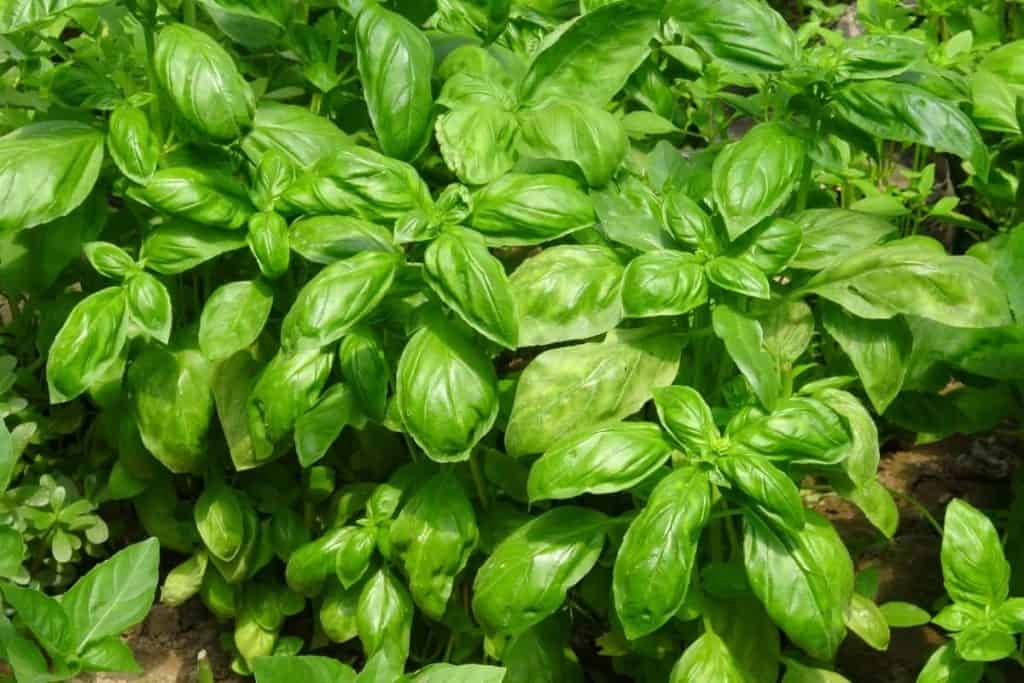 You need soil that water can easily drain through to prevent root rot.
You need soil that water can easily drain through to prevent root rot.
Likewise, add compost so that the herbs acquire the necessary nutrients.
Compost can be organic matter such as dry leaves, green manure because nutrients are transmitted.
How do we water medicinal herbs?
Keep the soil moist to allow the seeds to germinate. Drip water at first todo not drown them and later increase the quantity.
Once you have a stable crop, it is better to water when the leaves feel a little dry at the tips than to water them too much.
Usuallyonce a week is enoughbut it will always depend on the climatic conditions and the time of year (for example, in summer the frequency of irrigation increases).
Plant Medicinal Herbs Step by Step
To sow the seed you have to pay attention to the size. If they are very small, take several and spread them in the area where you want it to grow.
If they are a little larger, bury them to a depth of about twice their diameter. Subsequently cover with soil evenly.
Then water as indicated above and wait for it to germinate. Once the leaves have come out, let them grow and prune them carefully.
Remove yellow, dry leaves and weeds to avoid possible pests. Add compost or fertilizers that contain nutrients once a month.
When and how are medicinal herbs harvested?
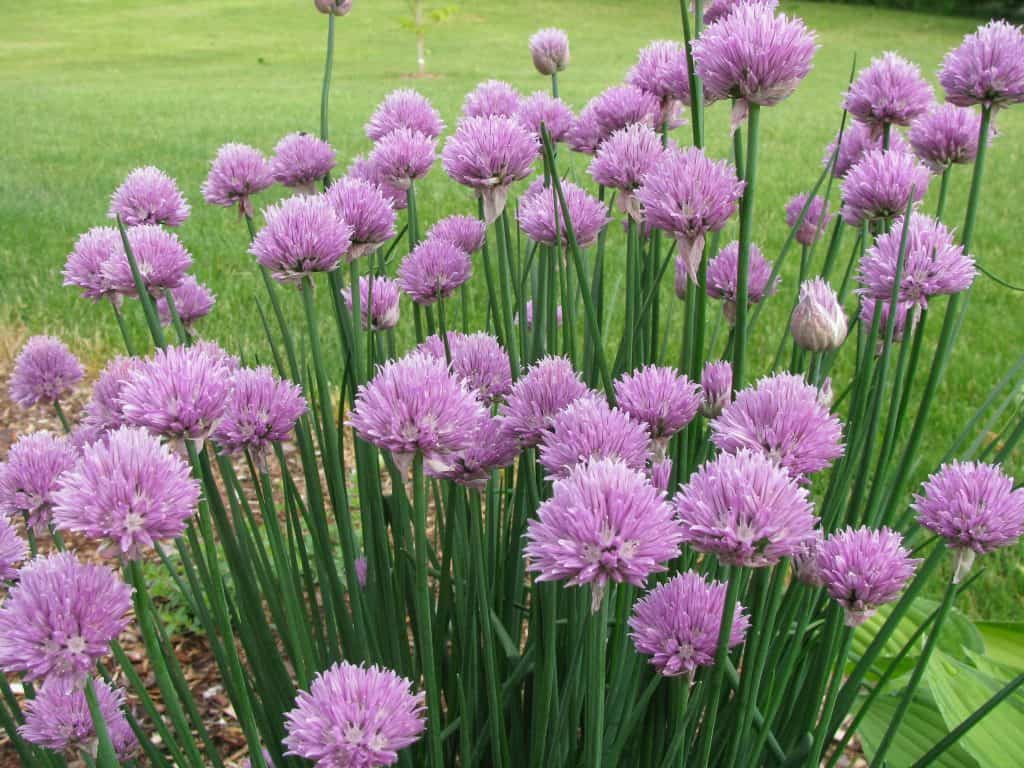 Normally fruit -bearing plants give approximatelysix months after planting;however, some may take more or less time.
Normally fruit -bearing plants give approximatelysix months after planting;however, some may take more or less time.
Carefully cut the fruits and let the grass give again. To increase production, cut as many leaves and stems as possible, always leaving three, as this will make the plant concentrate all its energy on producing the fruit.
As for the herbs that do not bear fruit, it is better to harvest them when they already have more than a few even stories of leaves.
It is recommendedharvest an estimated 50% of the plantand no more than 75% because if there is no risk that the plant will not be able to recover.
Medicinal herbs can be ingested fresh or in an infusion or ointment. If you need to dry the fruit or the leaf, leave it exposed to the sun for about a month and then store it in airtight containers in a cool, dry place.
What favorable and unfavorable associations do they have?
One recommendation is not to put together (next to each other) herbs from the same family.
For example,do not plant garlic next to chivesbecause they belong to the same group of root vegetables and that means they require the same nutrients and will compete for them instead of sharing them.
What pests and diseases have medicinal plants?
A large number of this type of herbs are attacked by different types of fungus that grow due to excess moisture and waterlogging.
Therefore, to eliminate them you have to reduce the humidity, remove the stems and leaves that are in a state of putrefaction.
You can also sterilize the area with ecological fungicides so that they do not damage the crop.
To remove any trace of the fungus or bacteria that affected the plant, continue washing with neutral soap a couple more times. If you notice that the crop is too infected, it is better to transplant it to a pest -free shoot and let it grow again.
Trick to avoid pests:To avoid pests, you can plant calendula, which, along with being an herb with medicinal effects, also serves as a natural pesticide. Also, this plant can attract bees and other insects that are not harmful to the garden.
However, this plant can also rarely suffer pests, so it is recommended that you never neglect the garden and do regular checks.
Further reading
- Cultivation of aromatic and medicinal herbs, Siura C., Saray and Ugás C., Roberto.
- Herbs that heal. Natural and effective recipes, Mujica Pons, Xavier.
- Results and lessons in production and commercialization of medicinal herbs under organic management: innovation project in the Bío Bío Region. Foundation for Agricultural Innovation.

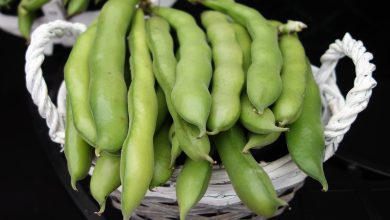
![Photo of Prune Autoflowering: [Importance, Time, Tools, Considerations and Steps]](https://www.complete-gardening.com/wp-content/uploads/2022/08/prune-autoflowering-importance-time-tools-considerations-and-steps-390x220.jpg)

![Photo of Quince Tree: [Care, Planting, Irrigation, Substrate and Pests]](https://www.complete-gardening.com/wp-content/uploads/2022/08/quince-tree-care-planting-irrigation-substrate-and-pests-390x220.jpg)